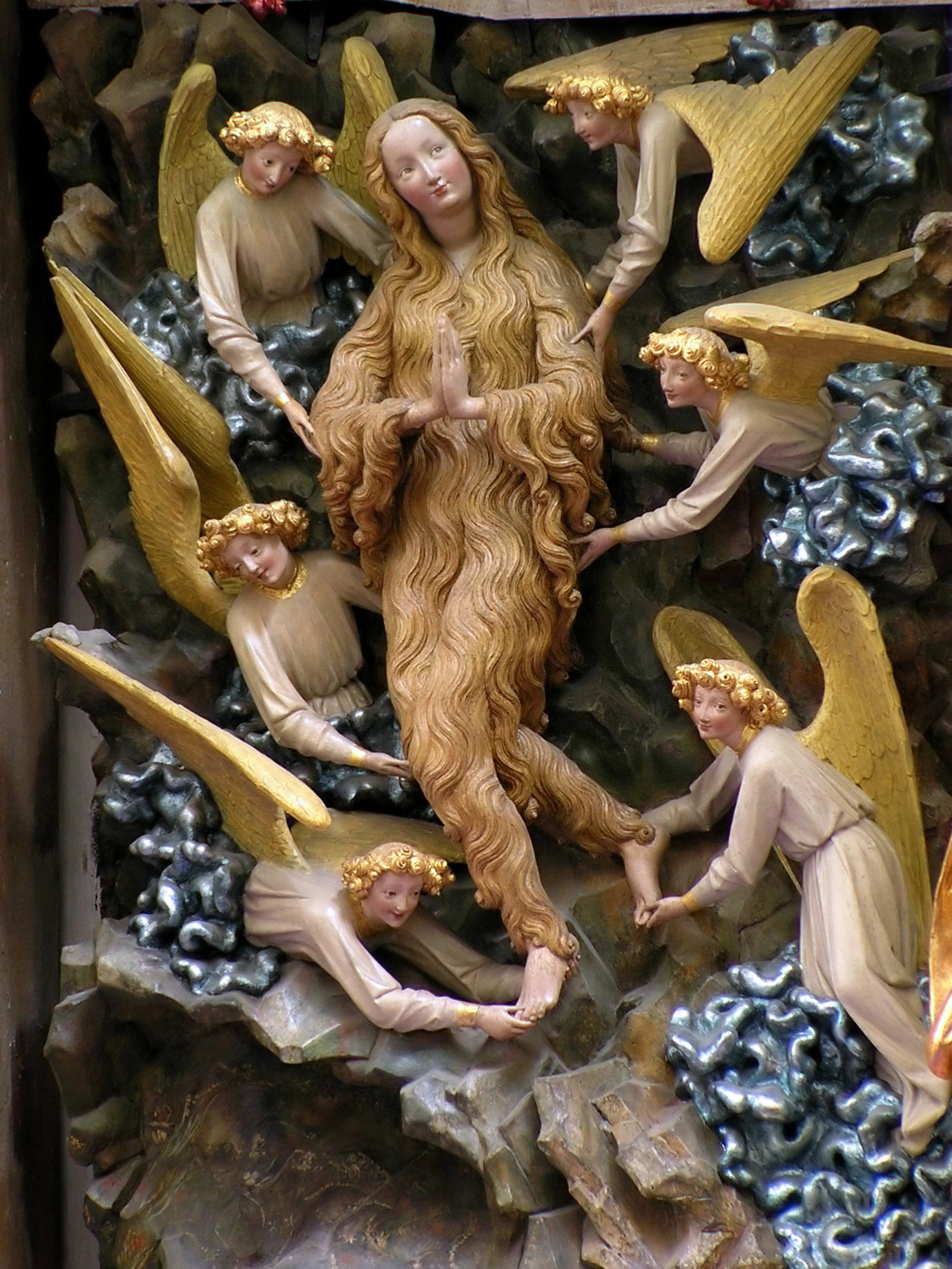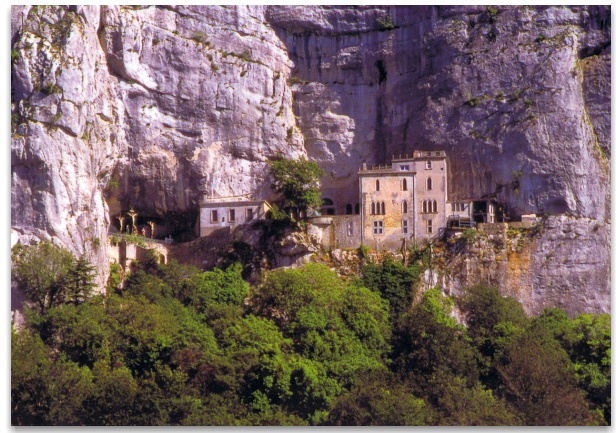
I have always been drawn to and fascinated with the figure of St Mary Magdalene who St Gregory the great associates with Mary of Bethany as the repentant sinner. Tertullian in the 200's says that they (the penitent woman and Mary Magdalene) are one and the same. St Augustine and St Jerome do so as well. St. Luke tells about a “sinner” who washes Jesus’ feet with her tears, anoints them with ointment, and dries them with her hair. Christ says that her sins are forgiven and that her faith has saved her. However, in the Christian East, there is no identification of St Mary Magdalen, St Mary of Bethany, and the Sinful Woman as one and the same. Liturgically and hagiographically, they are three quite distinct ladies.
Most of us when we have fallen into sin are too taken by pride to draw near to Jesus. St Mary Magdalene did not allow human respect, fear of reproach or being publicly shamed to keep her from her Lord. She had sought love "in all the wrong places" and been thrown to the wayside like refuse perhaps by some of the very people who denounced her presence and condemned her. She could say:
"I will rise, and will go about the city: in the streets and the broad ways I will seek him whom my soul loveth: I sought him, and I found him not.
The watchmen who keep the city, found me: Have you seen him, whom my soul loveth? When I had a little passed by them, I found him whom my soul loveth: I held him and I will not let him go." Song 3,2-5.8,6-7
She stood by Jesus side seemingly fearlessly through thick and thin even to at the foot of the cross. She represented at the foot of the cross those of us who have had much to be forgiven. She is the first to see the resurrected Lord in fact a Dominican Father this morning on television said, "if it were not for her faith and announcing to the disciples the resurrection, I too would not have this faith today.".
According to French tradition when the faithful were scattered by persecution the family of Bethany found refuge in Provence. The cave in which St. Mary lived for thirty years is still seen, and the chapel on the mountaintop, in which she was caught up daily, like St. Paul, to "visions and revelations of the Lord." When her end drew near she was borne to a spot still marked by a "sacred pillar," where the holy Bishop Maximin awaited her; and when she had received her Lord, she peacefully fell asleep in death.
I remember first reading about the tradition of Sts Mary, Martha and Lazarus coming to Provence in National Geographic as a boy. It was fascinating to me that almost 80 generations of people in the south of France passed this tradition from one generation to the next. I watched a documentary on EWTN this morning on this very theme. I saw a parallel between St Mary Magdalene and St Mary of Egypt in both seeking after lives of grevious sin to live lives of compuction in communion with their great love Jesus. There exists a tradition that both of them were clothed only in their hair since their clothing had long since disintegrated. Also the comparison of the last communions of both of them. St Mary Magdalene going to St Maximin close to her death and collapsing in his arms before being given viaticum. St Mary of Egypt met St Zosima asking him to bring her holy communion.

St Mary Magdalene give us a true spirit of repentence and metanoia. Grant us through thy intercession to live our lives in deep compunction and conversion of heart.
The shrine cave grotto of Sainte Baume where St Mary Magdalene is said to have lived the last 30 years of her life in Provence.






3 comments:
What a beautiful post - I didn't know you had a blog?! I will surely link.
If ever I am a trad about anything it is Mary Magdalen - for centuries the saints have venerated her as the penitent sinner/prostitute and that is how I see her as well. I've been to Ste. Baume.
I thought immediately that you had probably visited Ste Baume. It must be a beautiful place. You would enjoy the EWTN documentary.
With every respect for Mr Nelson and his devotion to a great Saint, it must be remembered that the identification of Mary of Magdala and the sinful woman has no place among the Eastern Fathers and is not even unanimously accepted by the Latin Fathers of the Church; the Byzantine Christian liturgical & hagiographical tradition distinguishes them. Therefore, pace Terry, it is almost a falsehood to insist that "for centuries the saints have venerated her as the penitent sinner/prostitute;" and furthermore such a view is certainly not a test of what it means to be a 'Trad', despite the heritage of [most] Western piety.
Post a Comment